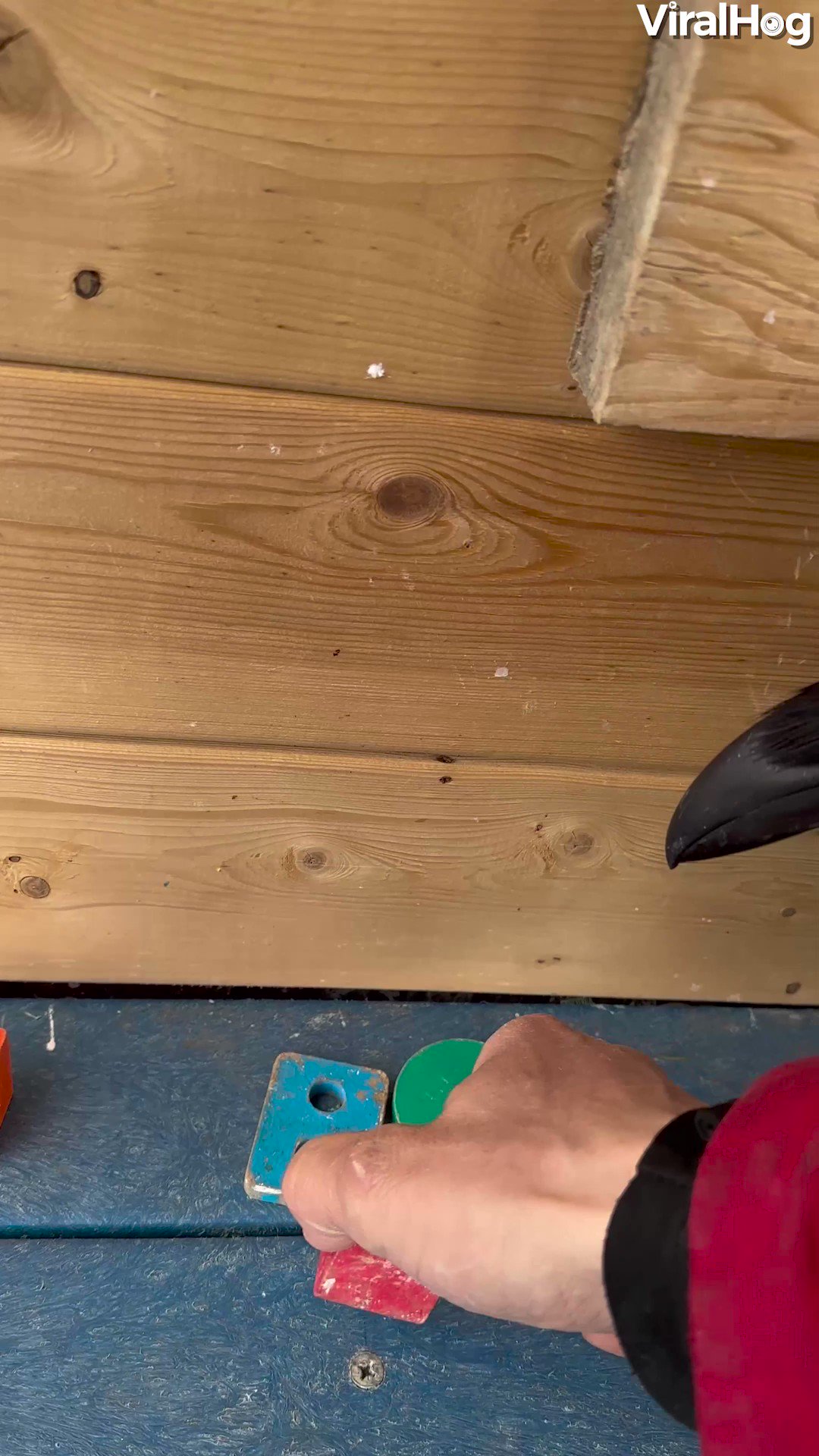Twitter CCTV has become a buzzword in the digital security landscape, capturing the attention of businesses, governments, and individuals alike. The integration of CCTV technology with social media platforms like Twitter offers a groundbreaking approach to surveillance and real-time monitoring. As the world becomes increasingly connected, the role of social media in enhancing security measures cannot be overstated. This article explores how Twitter CCTV is reshaping the future of public safety and surveillance systems.
Security technology has evolved significantly over the past decade, driven by advancements in artificial intelligence, IoT, (Internet of Things), and cloud computing. Among these innovations, the combination of CCTV cameras and social media platforms like Twitter stands out as a game-changer. This unique integration allows for instant sharing of critical footage, enabling rapid response to emergencies and enhancing community safety.
As we delve deeper into this topic, we will explore the technical aspects, benefits, challenges, and ethical considerations surrounding Twitter CCTV. Whether you're a business owner, a tech enthusiast, or simply someone interested in modern surveillance solutions, this article provides comprehensive insights into how Twitter CCTV works and its implications for society.
Read also:Telegram Wasmo C The Ultimate Guide To Understanding And Exploring
Table of Contents
- Introduction to Twitter CCTV
- How Twitter CCTV Works
- Benefits of Twitter CCTV
- Challenges and Limitations
- Real-World Use Cases
- Privacy Concerns
- Future Trends in Twitter CCTV
- Regulatory Framework
- Key Statistics and Data
- Conclusion and Call to Action
Introduction to Twitter CCTV
Twitter CCTV represents the convergence of two powerful technologies: closed-circuit television (CCTV) and social media. Traditionally, CCTV systems were used for monitoring specific locations, with footage accessible only to authorized personnel. However, the rise of social media platforms like Twitter has opened new possibilities for sharing real-time video feeds with the public.
This innovation allows organizations to broadcast critical footage instantly, enabling faster response times during emergencies. For instance, law enforcement agencies can use Twitter CCTV to alert the public about potential threats or ongoing incidents. Similarly, businesses can leverage this technology to enhance their security measures and improve customer safety.
How Twitter CCTV Works
Underlying Technology
The foundation of Twitter CCTV lies in advanced networking and data transmission technologies. Modern CCTV cameras are equipped with IP capabilities, allowing them to stream video footage directly to the internet. These cameras are connected to cloud servers, which store and process the footage in real-time. Once the footage is processed, it can be automatically shared on Twitter using pre-configured settings.
- IP Cameras: Enable seamless data transmission over the internet.
- Cloud Computing: Provides storage and processing power for large volumes of video data.
- API Integration: Allows seamless communication between CCTV systems and social media platforms.
Integration with Social Media
Integrating CCTV systems with Twitter requires the use of application programming interfaces (APIs). These APIs enable automated sharing of video clips or images on Twitter, based on predefined triggers. For example, a motion detector can trigger the camera to capture footage and post it on Twitter, alerting followers about unusual activity.
This integration enhances transparency and community engagement, as stakeholders can access real-time updates without relying on intermediaries. Moreover, it fosters collaboration between security teams and the public, creating a more robust safety network.
Benefits of Twitter CCTV
The adoption of Twitter CCTV offers numerous advantages for various stakeholders, including governments, businesses, and individuals. Below are some of the key benefits:
Read also:How To Undress Ai A Comprehensive Guide To Understanding And Simplifying Artificial Intelligence
- Real-Time Alerts: Instant notifications about security incidents, enabling rapid response.
- Increased Transparency: Public access to CCTV footage promotes trust and accountability.
- Community Collaboration: Encourages active participation from citizens in maintaining public safety.
- Cost-Effective Solution: Reduces the need for manual monitoring, lowering operational costs.
Studies have shown that organizations using Twitter CCTV experience a significant reduction in response times during emergencies. According to a report by the International Association of Chiefs of Police (IACP), real-time sharing of CCTV footage can reduce crime rates by up to 20% in urban areas.
Challenges and Limitations
Despite its numerous benefits, Twitter CCTV is not without challenges. Some of the key obstacles include:
- Data Privacy: Sharing sensitive footage on social media raises concerns about individual privacy.
- Technical Limitations: Dependence on internet connectivity and cloud infrastructure can lead to service disruptions.
- Potential Misuse: Unauthorized sharing of footage may lead to misinformation or privacy violations.
Addressing these challenges requires a balanced approach that prioritizes both security and privacy. Organizations must implement robust policies and procedures to ensure the responsible use of Twitter CCTV technology.
Real-World Use Cases
Twitter CCTV has been successfully implemented in various sectors, demonstrating its versatility and effectiveness. Below are some notable examples:
- Law Enforcement: Police departments use Twitter CCTV to monitor high-risk areas and respond to incidents promptly.
- Retail Sector: Businesses deploy Twitter CCTV to deter theft and enhance customer safety.
- Transportation: Airports and train stations utilize this technology to monitor passenger activity and ensure smooth operations.
A case study from London's Metropolitan Police highlights the success of Twitter CCTV in reducing crime rates by 15% in the first year of implementation. This demonstrates the potential of this technology to transform public safety initiatives.
Privacy Concerns
Privacy remains a critical issue in the deployment of Twitter CCTV. While the technology offers significant benefits, it also raises concerns about the misuse of personal data. Organizations must adhere to data protection regulations, such as the General Data Protection Regulation (GDPR) in Europe, to safeguard individual privacy.
Best practices for addressing privacy concerns include:
- Implementing strong encryption protocols to protect data during transmission.
- Obtaining explicit consent from individuals before sharing footage.
- Regularly auditing systems to ensure compliance with privacy standards.
Future Trends in Twitter CCTV
The future of Twitter CCTV looks promising, with ongoing advancements in AI and machine learning expected to enhance its capabilities. Predictive analytics will enable systems to identify potential threats before they occur, while facial recognition technology will improve the accuracy of suspect identification.
Moreover, the integration of blockchain technology could provide a secure and transparent platform for sharing CCTV footage. This would ensure that all shared data is tamper-proof and verifiable, further enhancing trust in the system.
Regulatory Framework
As Twitter CCTV becomes more prevalent, governments around the world are establishing regulatory frameworks to govern its use. These regulations aim to balance the need for security with the protection of individual rights. Key considerations include:
- Data Retention Policies: Defining how long footage can be stored and under what conditions it can be shared.
- Access Controls: Restricting access to footage to authorized personnel only.
- Accountability Measures: Ensuring that organizations using Twitter CCTV are held accountable for any misuse of the technology.
Key Statistics and Data
Data from industry reports and studies highlight the growing importance of Twitter CCTV in modern security systems:
- By 2025, the global CCTV market is projected to reach $75 billion, with social media integration being a key driver of growth.
- Approximately 70% of businesses surveyed reported improved security outcomes after implementing Twitter CCTV solutions.
- Public satisfaction with Twitter CCTV systems has increased by 30% in the last three years, according to a survey by the Security Industry Association (SIA).
These statistics underscore the growing adoption and effectiveness of Twitter CCTV in enhancing security measures across various sectors.
Conclusion and Call to Action
Twitter CCTV represents a transformative innovation in the field of security and surveillance. By combining the power of CCTV technology with the reach of social media, this solution offers unprecedented opportunities for enhancing public safety. However, its successful implementation requires careful consideration of privacy concerns and regulatory compliance.
We encourage readers to explore the potential of Twitter CCTV in their respective domains. Whether you're a business owner, a government official, or a tech enthusiast, this technology has something to offer. Share your thoughts and experiences in the comments section below, and don't forget to follow us for more insightful content on emerging technologies.


